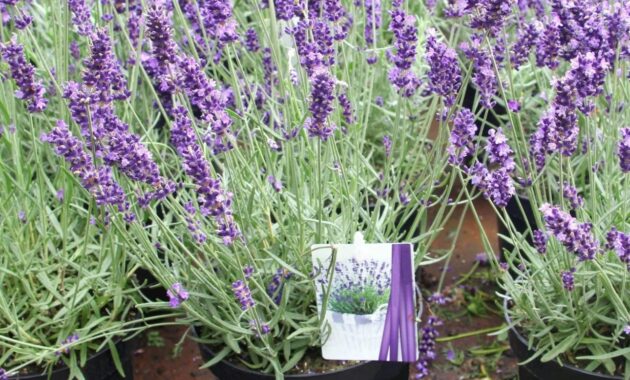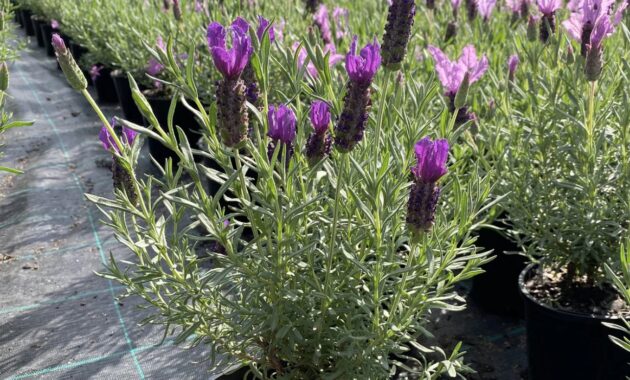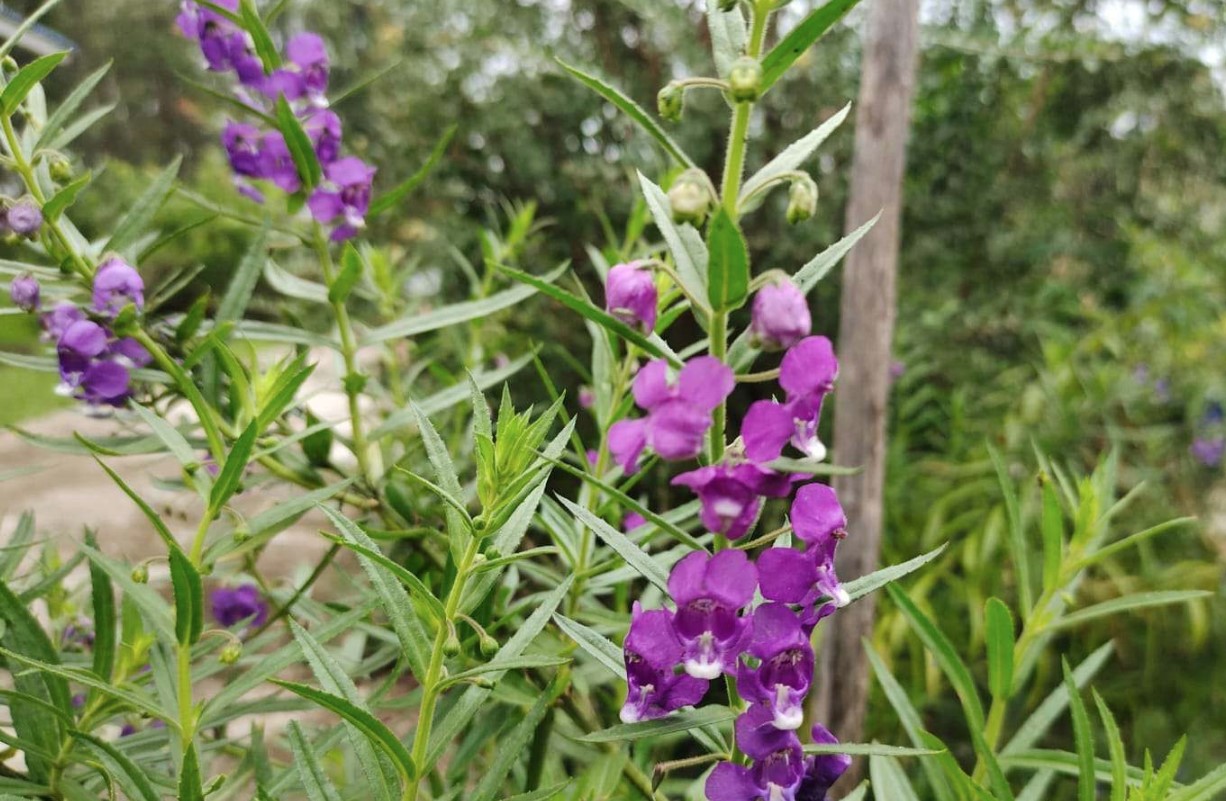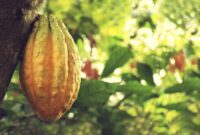
Lavender (genus Lavandula) is one of those plants that instantly makes you think of peace, relaxation, and a sense of calm. Its soft, fragrant flowers, and soothing scent have been used for centuries in everything from medicinal remedies to aromatherapy. But lavender is more than just a pretty face—this plant packs a punch when it comes to health benefits and versatility.
I want to take you on a deep dive into this wonderful herb, sharing not only its uses but also a few personal anecdotes and tips on how to care for and make the most of it. Whether you’re a gardener, a lover of natural remedies, or simply someone who enjoys a relaxing atmosphere, lavender is a must-have in your life.
Overview of Lavender
| Feature | Description |
|---|---|
| Scientific Name | Lavandula angustifolia |
| Family | Lamiaceae (Mint family) |
| Common Names | Lavender, English Lavender, Common Lavender |
| Native Region | Mediterranean |
| Plant Type | Perennial shrub |
| Height | 30–90 cm (1–3 feet) |
| Uses | Aromatherapy, culinary, medicinal, skincare, garden ornament |
| Fragrance | Floral, sweet, herbaceous |
A Personal Journey with Lavender
I still remember the first time I planted lavender in my garden. I was looking for a plant that would not only add beauty to my outdoor space but also serve a practical purpose. I’d heard so much about lavender’s calming effects, so I thought, why not give it a try?
Little did I know, it would become a staple in my life. I quickly learned that lavender is one of the most low-maintenance plants you can grow. It practically thrives on neglect—seriously! If you’re the type to forget to water your plants now and then (guilty!), lavender is your best friend.
But that’s not all. The benefits of having lavender around my house were almost immediate. I started using its dried flowers in sachets for my closets, sprinkling a few drops of lavender oil on my pillow before bed, and even incorporating it into my skincare routine. I’ve got to say—it’s been a game-changer for me.
The Benefits of Lavender
1. Aromatherapy and Relaxation
Let’s talk about lavender’s aroma—it’s downright magical. When I’m stressed or having trouble sleeping, a whiff of lavender oil helps me feel grounded. Lavender oil is well-known for its calming properties, helping to reduce anxiety, stress, and even mild insomnia. A few drops in a diffuser, and the entire room feels more peaceful.
But here’s the thing: the lavender scent isn’t just a “relax and unwind” thing. It also has some impressive antiseptic properties, which means that it helps to clean and purify the air, making it a favorite in essential oil blends for air purification.
2. Lavender in Skincare
I never knew lavender was such a superstar when it comes to skincare until I started making my own DIY face mist. Just a few drops of lavender essential oil mixed with water, and I had a refreshing, soothing spritz that worked wonders on my skin. Lavender has natural anti-inflammatory and antibacterial properties, which makes it perfect for treating acne, sunburns, and minor cuts.
Ever heard of the “lavender balm” hack? It’s one of my go-tos for dry, cracked skin. Mix a little lavender oil into a carrier oil like coconut or sweet almond oil, and you’ll have a healing balm that smells divine and helps soothe irritated skin.
3. Cooking with Lavender
Yes, you read that right—lavender can be used in the kitchen too! Culinary lavender is a thing, and it’s delicious. You can add dried lavender buds to baked goods, like cookies and scones, or even infuse it in lemonade for a refreshing twist. The key is not to overdo it—a little goes a long way.
Once, I tried making a lavender-infused honey, and it was heavenly. All you need to do is place a few sprigs of dried lavender into a jar of honey and let it sit for a week or two. The result is a fragrant, floral honey that adds an extra layer of flavor to your tea or toast.
4. Medicinal Uses
Lavender has long been used in traditional medicine for its healing and soothing properties. It’s known to help with:
- Headaches: Applying lavender oil to your temples can reduce tension and alleviate headaches. I swear by this trick whenever I feel one coming on.
- Digestive Health: Lavender tea is often used to soothe an upset stomach, reduce bloating, and help digestion. Whenever I’ve had a bit too much to eat, a cup of lavender tea helps to settle everything down.
- Pain Relief: Due to its anti-inflammatory properties, lavender oil can be applied topically to sore muscles or joints. I like to make my own lavender-infused massage oil for a natural way to ease muscle pain.

How to Grow Lavender: My Best Tips
Growing lavender at home is one of the most rewarding gardening experiences, especially because it’s so darn easy. If you’re new to gardening or just want something low-maintenance, lavender is your go-to.
1. Choose the Right Spot
Lavender needs a sunny spot. I can’t stress this enough—if you plant lavender in a shaded area, it won’t thrive. 6-8 hours of direct sunlight a day is ideal for it to produce its beautiful blooms and that heavenly fragrance.
2. Soil and Drainage
Lavender hates wet feet (don’t we all?). Make sure the soil is well-draining. I’ve found that adding a bit of sand or gravel to the soil mix really helps keep the roots from getting waterlogged, especially in the rainy season.
3. Watering
When it comes to watering, less is more. Lavender is pretty drought-tolerant, so it doesn’t need a lot of water. In fact, overwatering is one of the biggest mistakes people make with lavender. Let the soil dry out between waterings—trust me, it’ll thank you for it.
4. Pruning for Better Growth
I’ve learned that a good prune after the lavender finishes blooming keeps the plant looking neat and encourages more flowers the next season. Don’t be afraid to cut it back by about a third after the blooms fade—lavender loves it!
Different Types of Lavender
Lavender comes in several varieties, each with its own unique characteristics. Some are better suited for cooking, while others are perfect for essential oils or ornamental purposes.
| Lavender Variety | Best Use | Key Characteristics |
|---|---|---|
| Lavandula angustifolia | Essential oils, aromatherapy | Compact, sweet scent, hardy in cold climates |
| Lavandula stoechas | Ornamental | Stunning flower spikes, thrives in warm climates |
| Lavandula x intermedia | Perfumes, soaps | Hybrid variety, stronger scent, tall growth |
| Lavandula dentata | Ornamental, landscaping | Serrated leaves, unique scent |
Wrapping It Up: Why Lavender Is a Must-Have Plant
In all honesty, I can’t imagine my garden, or my life, without lavender. From its soothing aroma to its myriad of health and skincare benefits, this plant has proven to be indispensable. And the best part? It’s incredibly low-maintenance, so even if you don’t have a green thumb, you can enjoy its beauty and benefits with minimal effort.
Whether you’re using lavender for its calming properties, skincare, culinary delights, or simply as a beautiful addition to your garden, it’s one of those plants that gives so much while asking for so little. Give it a try—you won’t regret it!



